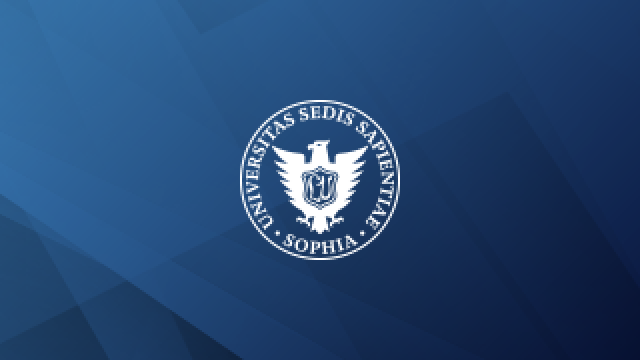| |
講義内容 |
講義映像 |
| 1 |
Introduction to the course: Explanation of assessments and overview of the lessons. Needs analysis. |
|
| 2 |
Translations: Looking at translations of famous works. A guide to approaching difficult or new texts. Reading and note taking strategies. |

|
| 3 |
Films and Literature: Famous books that have been made into films and how to use them to compliment your study and enjoyment. |
 |
| 4 |
Generations and Genres: an overview of Literature – all of it! |

|
| 5 |
Literary Theory: An introduction |

|
| 6 |
Literary Theory: Reader response |

|
| 7 |
Sylvia Plath & Ted Hughes: An introduction |

|
| 8 |
Sylvia Plath: Daddy |

|
| 9 |
Sylvia Plath: Students’ Reaction to Daddy |

|
| 10 |
Ted Hughes: The Minotaur |

|
| 11 |
Ted Hughes: Students’ Reaction to The Minotaur |
|
| 12 |
Ted and Sylvia: Discussion |

|
| 13 |
Parodies, interpretations and retellings: The Epic of Gilgamesh |
|
| 14 |
Paranoid Fiction: Kafka, Burroughs, Orwell, Philip K Dick and who is that behind you? |

|
| 15 |
The Beat Generation: An introduction |

|
| 16 |
The Beats: Reading and discussion |
|
| 17 |
Ah Pook is Here: Philosophy, ethics, verse and prose |
|
| 18 |
Your favourite Beat: The best of a bad bunch? |

|
| 19 |
Dramatic Readings: Students present their readings and interpretations |

|
| 20 |
Literary Theory: Archetypal/Myth Criticism |
 |
| 21 |
Tolkien’s Middle-Earth: A mythology for England |
|
| 22 |
The Silmarillion: “drawing splendour from|the vast backcloths” |

|
| 23 |
The Children of Hurin: Torture, incest, betrayal and dragons |

|
| 24 |
Lord of the Rings: The book of the millennium |
|
| 25 |
The languages of Middle Earth: Making culture from language |

|
| 26 |
Working on the Class Journal |
|
| 27 |
Finalising the Class Journal |
|
| 28 |
Wrap-up: Review of main points covered |

|
| 29 |
Exam Week |
|
| 30 |
Exam Week |
|
